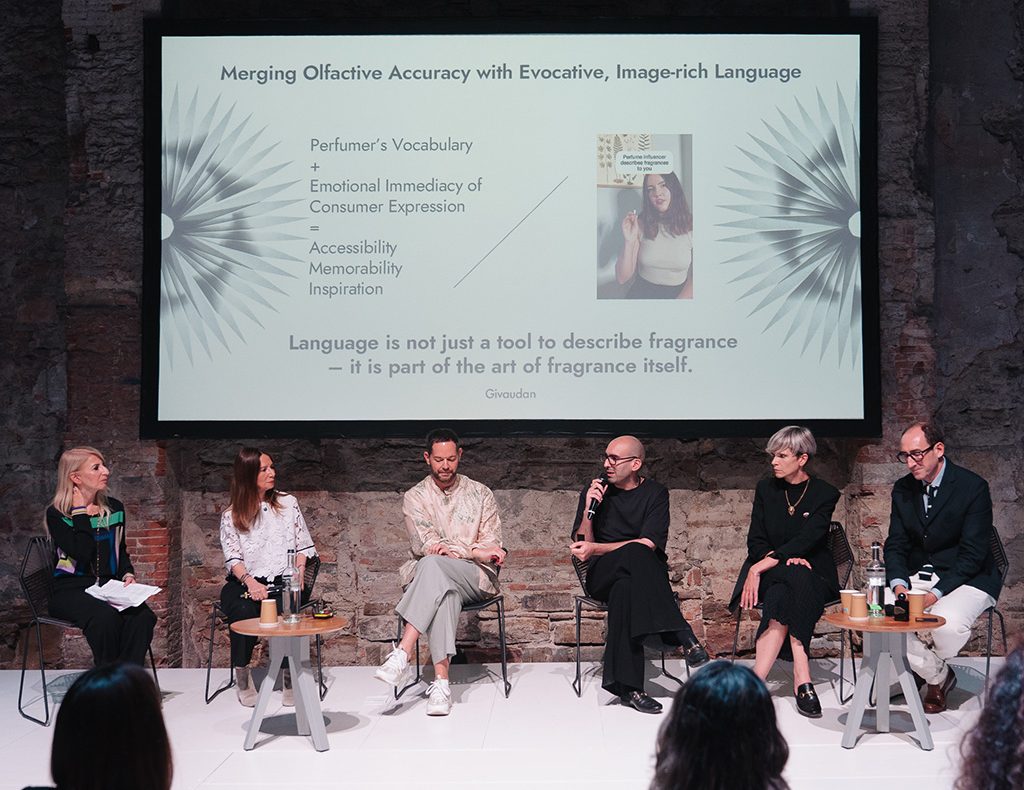
By Rebecca Ceccatelli. Cover image: Pitti Fragranze 2025 in Florence during the talk “Narrated Scents: The future professions of fragrance between language, culture and senses”, photo by Gabriele Busi.
Who decides the words behind a perfume? And how is language shaping the way we experience scent? As audiences get savvier, new roles in storytelling, naming, and fragrance communication are emerging.
And that’s exactly what sparked debate at Pitti Fragranze 2025 in Florence during the talk “Narrated Scents: The future professions of fragrance between language, culture and senses”. What role do words play in the olfactory field today? Until just a few years ago, language was merely an accessory to describe fragrances. Now, it has become an integral part of the craft—so much so that it has turned into a profession in its own right. Naming specialists, fragrance editors, sensory copywriters: all professionals who work with words to give voice to a sense—smell—that doesn’t naturally have one. In a sector that’s constantly evolving, storytelling has become a vital bridge between perfumer and consumer, capable of translating invisible emotions into images, colors, and sounds that linger like a trail of perfume.
The conversation featured Arnaud Guggenbuhl, Head of Global Marketing, Insight and Image Fine Fragrances at Givaudan, alongside Philippe Solas, CEO Une Nuit Nomade, Francesca Giulia Tavanti, Director of Education at Istituto Marangoni Firenze, and Marco Martello, Scent Editor for The Greatest magazine and author of La Formula del Sentire, moderated by editors Francesca Delogu and Silvia Manzoni.
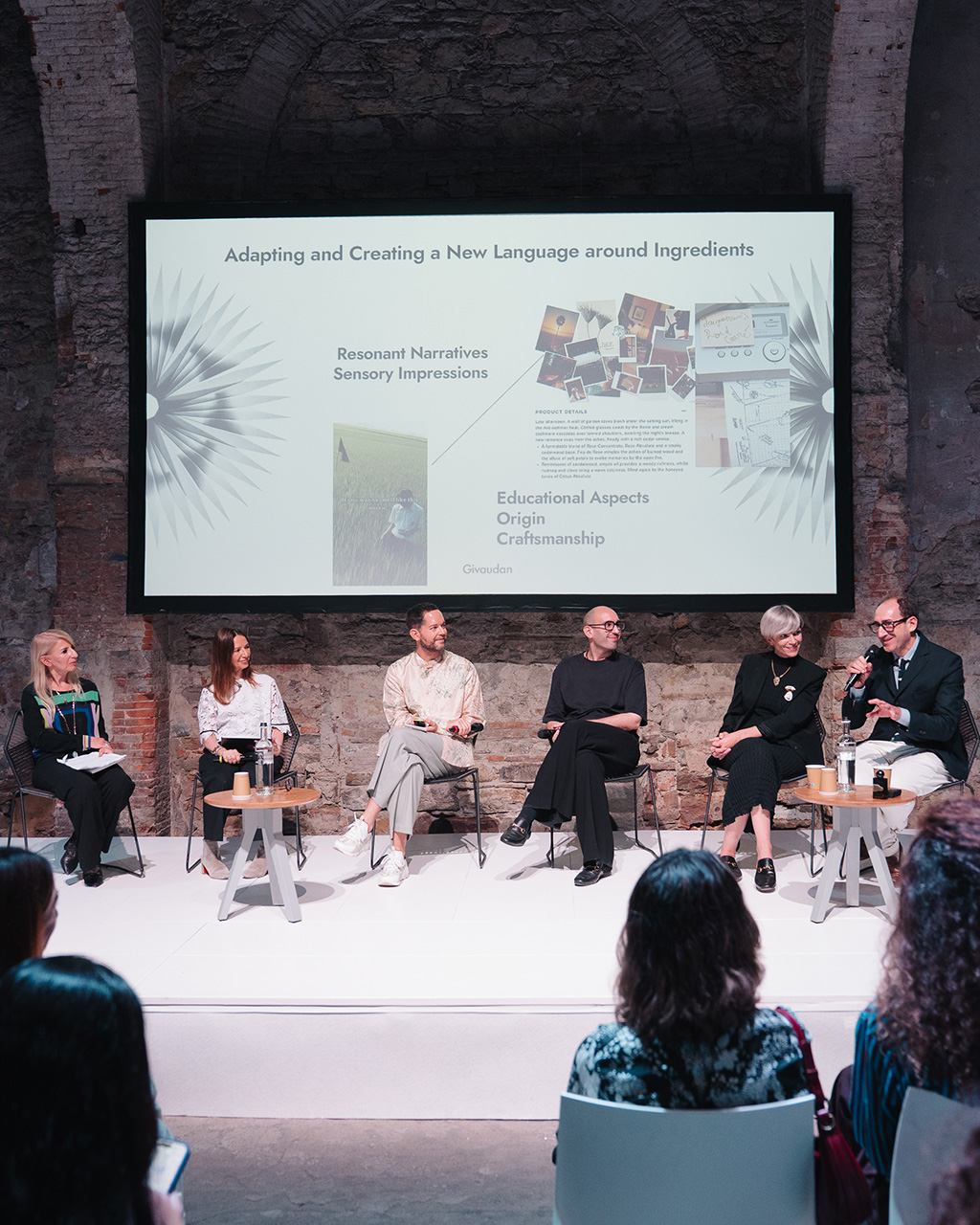
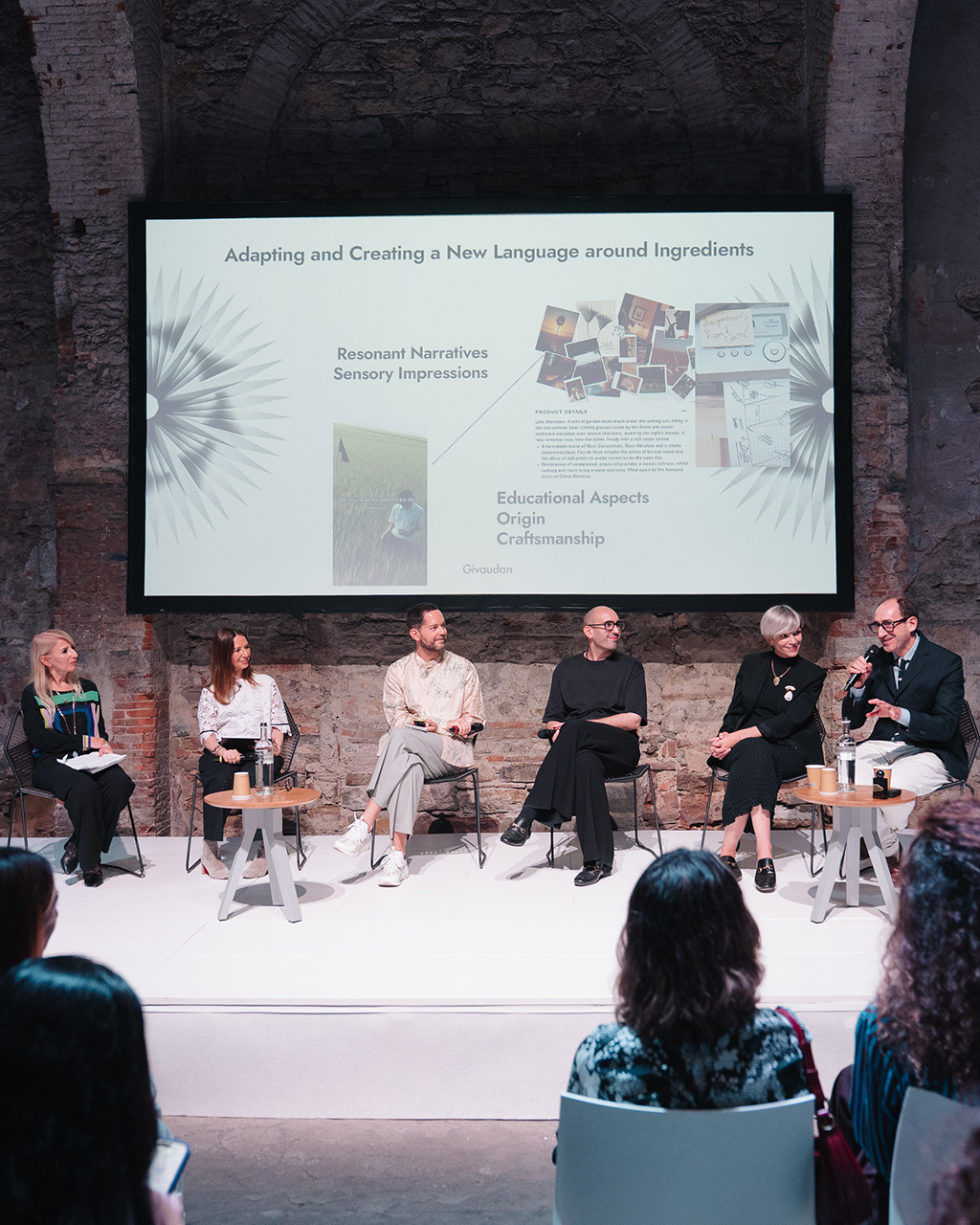
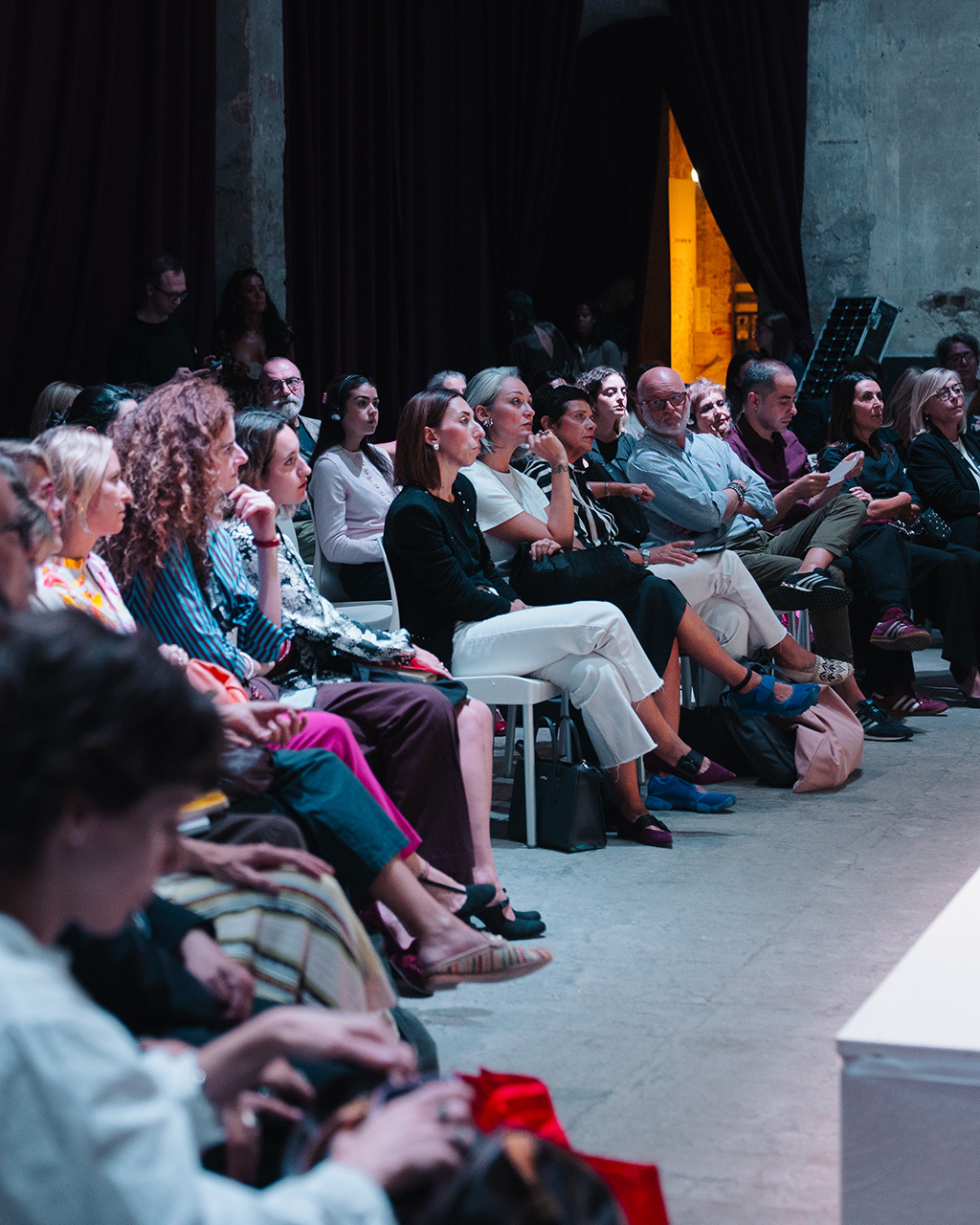
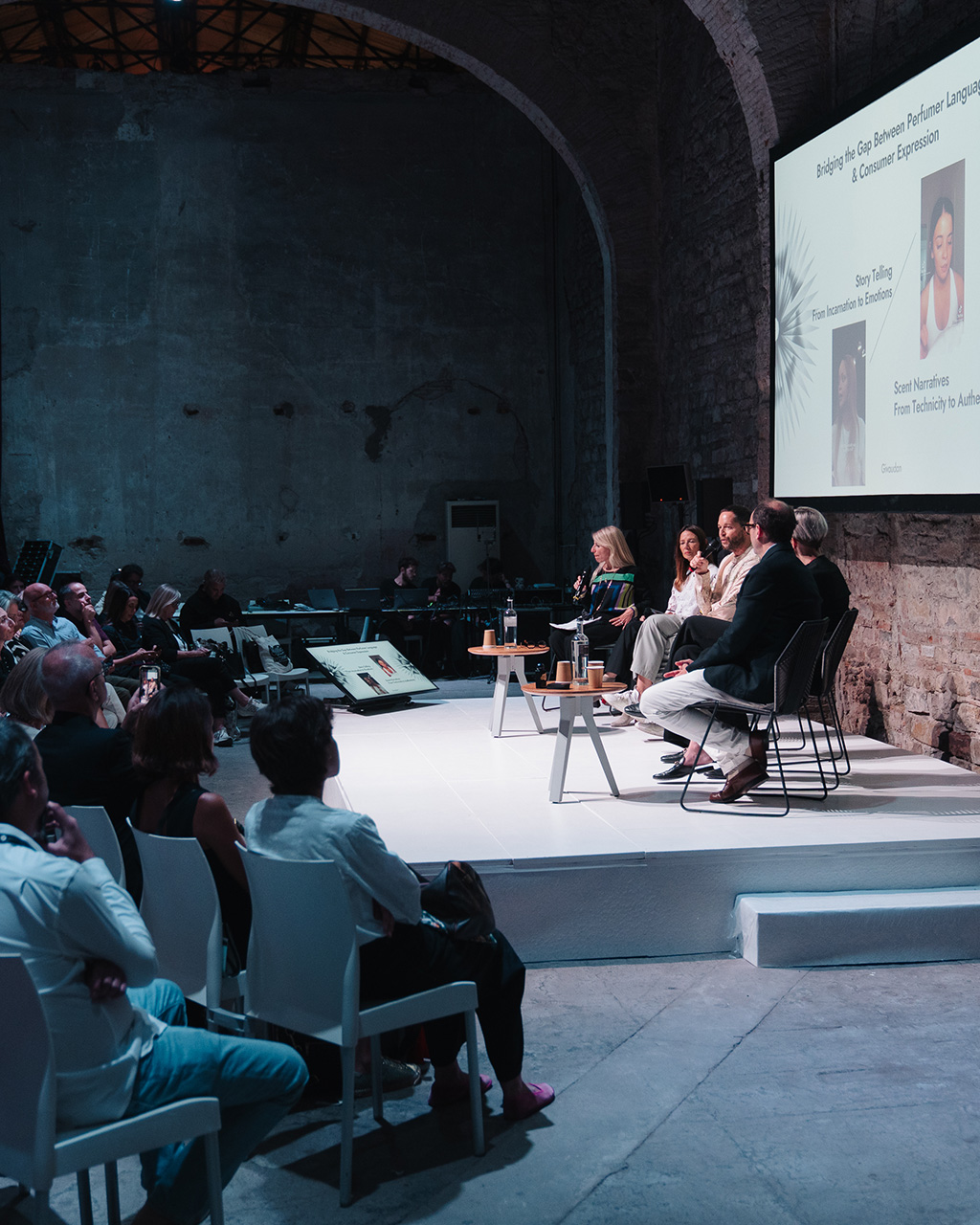
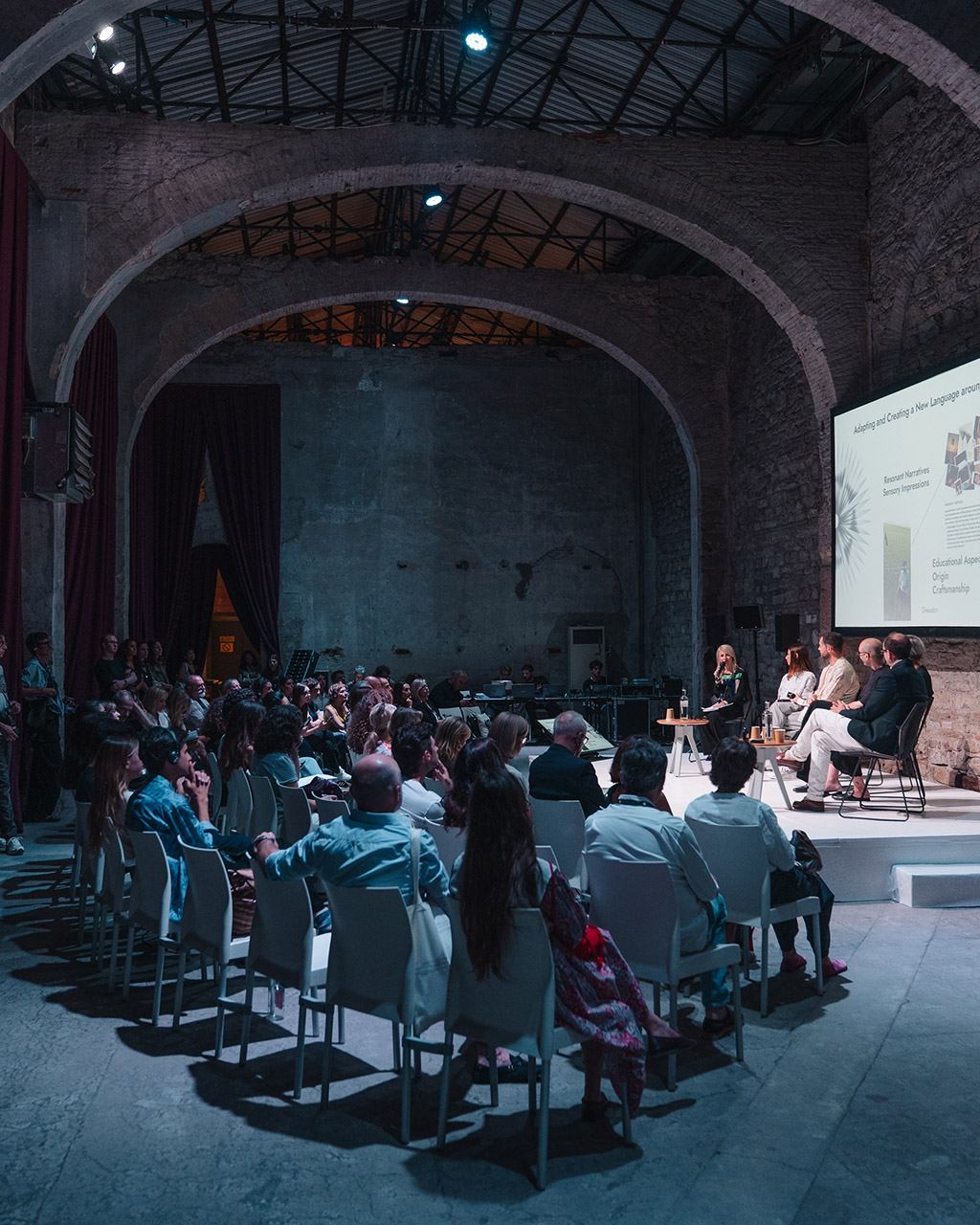
When Words Become Jobs: The Rise of New Professions in Perfumery
In perfumery, words are becoming professions in their own right. They’re no longer just tools for communication but fundamental assets that shape identity and generate value. More and more specialists are emerging in the art of olfactory language: from fragrance editors, who refine texts to accompany a launch, to naming specialists, who take on the delicate task of giving a fragrance its name. That name often marks the very first contact with the audience, a kind of invisible business card that must evoke colors, sounds, personality—and leave an impression as lasting as the perfume’s own trail.
In this sense, words have become raw material, as essential as essences themselves: a creative element carving out new professions and, looking ahead, one of the most in-demand skills for the future of the industry. The role of the word specialist is increasingly crucial for any company working with fragrances.
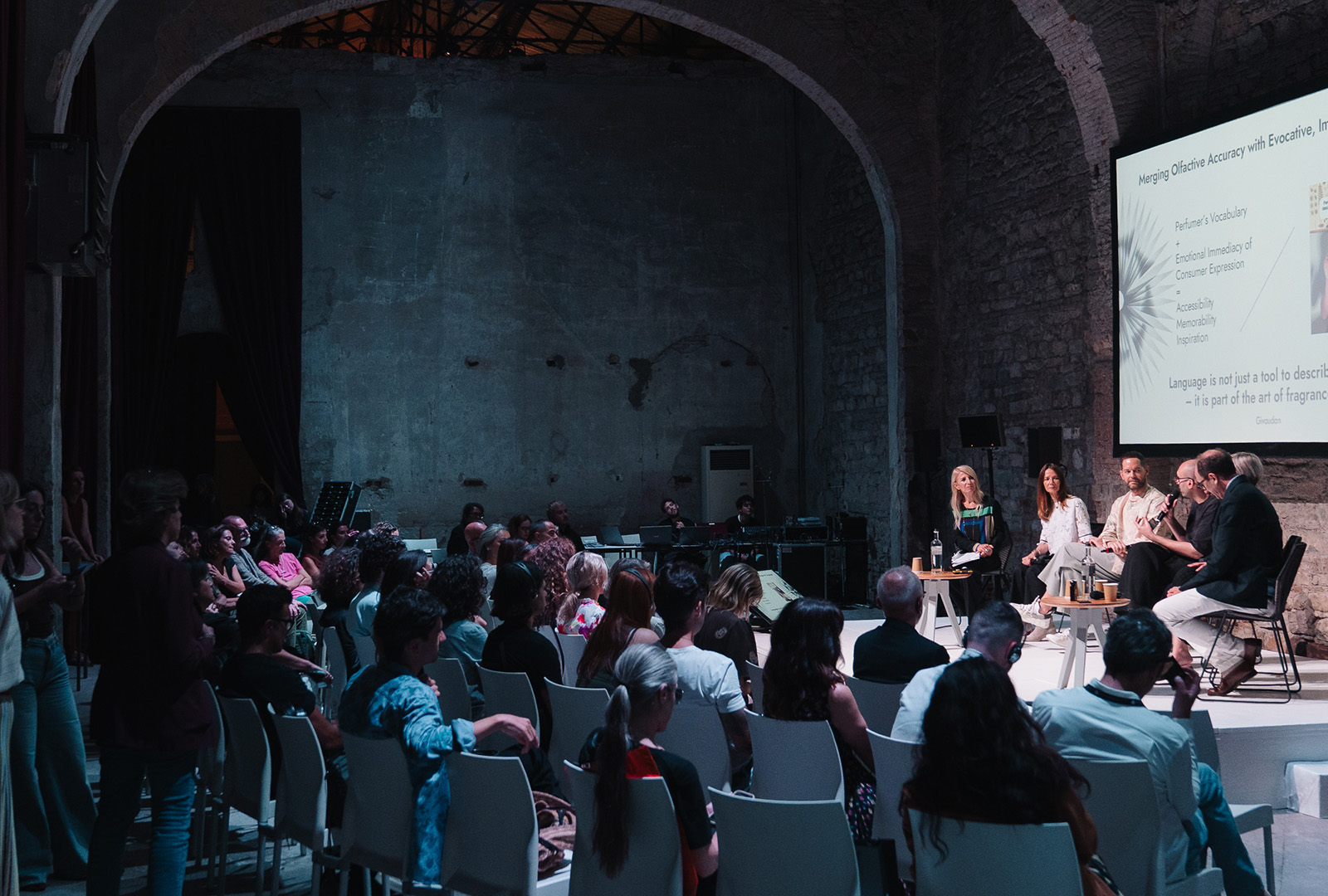
How Gen Z Is Changing the Language of Perfume
Then came the perspective of Arnaud Guggenbuhl, who highlighted a crucial point: today’s audiences are increasingly comfortable with fragrance jargon, to the point of recognizing notes and terminology that were once exclusive to insiders. But the consumer of tomorrow—Gen Z—has brought along a radically different way of communicating.
Gen Z has reinvented language with a style that is direct, ironic, and immediate, reshaping the way we talk about perfumes. For brands, this shift is key: without adopting this new code, they risk falling out of the conversation. A perfect example is Givaudan’s slogan “from spray to slay”, which captures the ability to transform a simple gesture into a style statement. New generations are looking for authenticity, a relatable vocabulary, and a technical simplicity that makes complex concepts accessible.
It’s no surprise, then, that formats like the “If you want to smell like…” trend have taken off—shortcuts that shrink the distance between product and consumer with intuitive, punchy descriptions. In this context, the real challenge for brands is to find a balance: striking a middle ground between technical language and immediate storytelling, so they can speak both to savvy fragrance lovers and to a new, fast-evolving audience.
Inventing a New Language for Scent: Giving Voice to the Mute Sense
This shift also opens up a broader reflection on the relationship between storytelling and matter, between the perfumer’s technical vocabulary and the consumer’s imaginative one. The difficulty of describing a smell comes from the fact that smell is, by definition, the mute sense: it lacks its own dedicated language, forcing us to borrow metaphors, adjectives, and images from other senses.
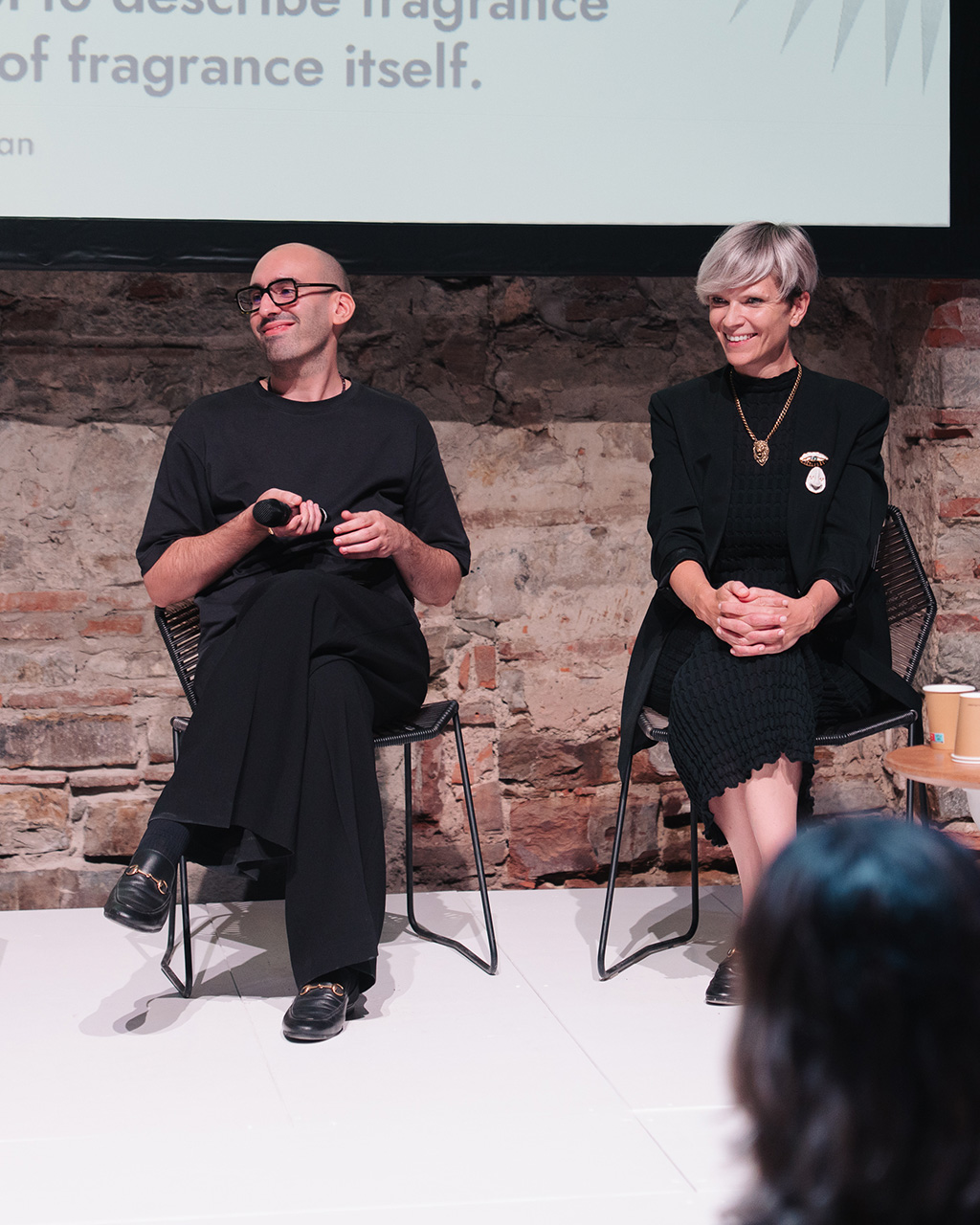
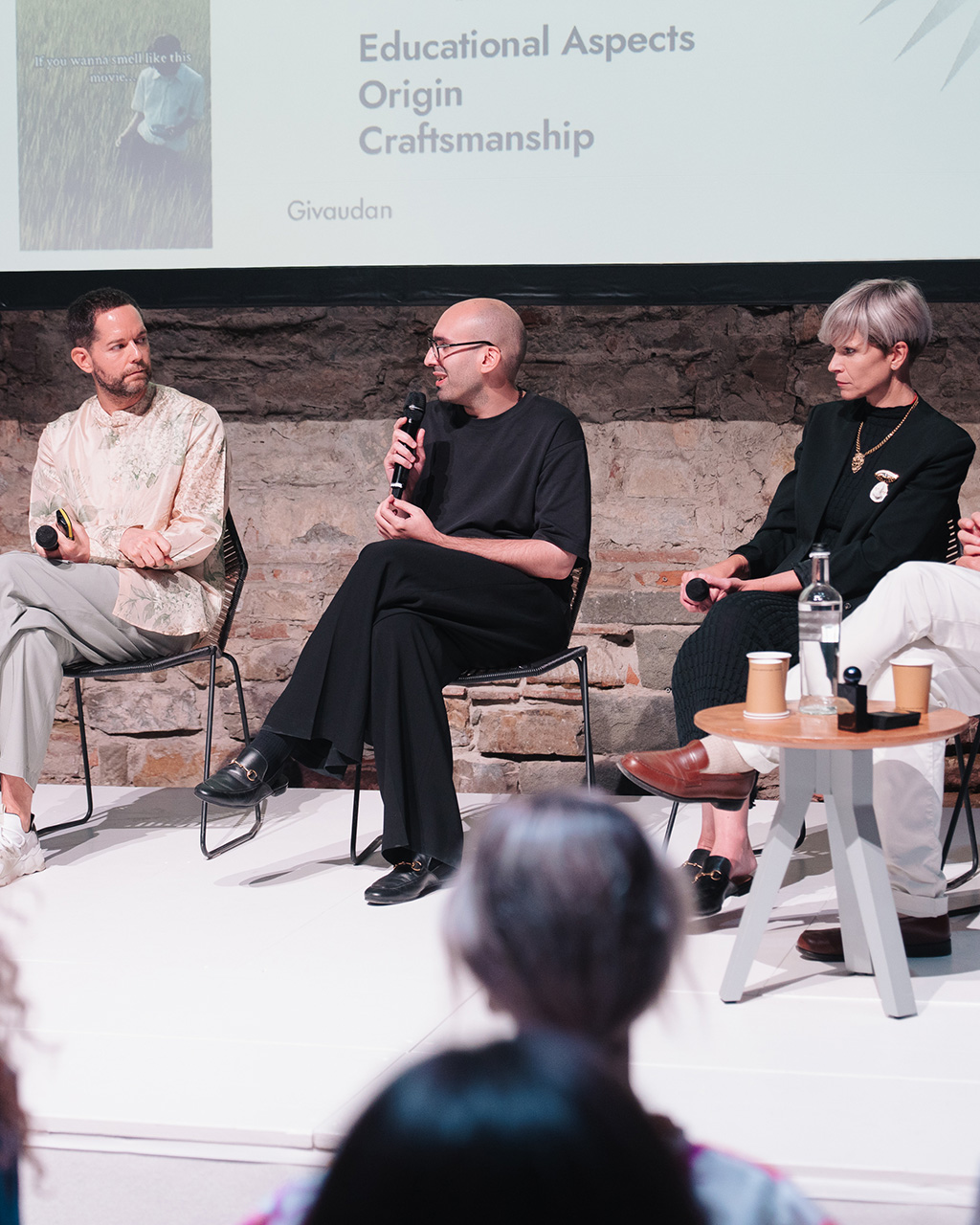
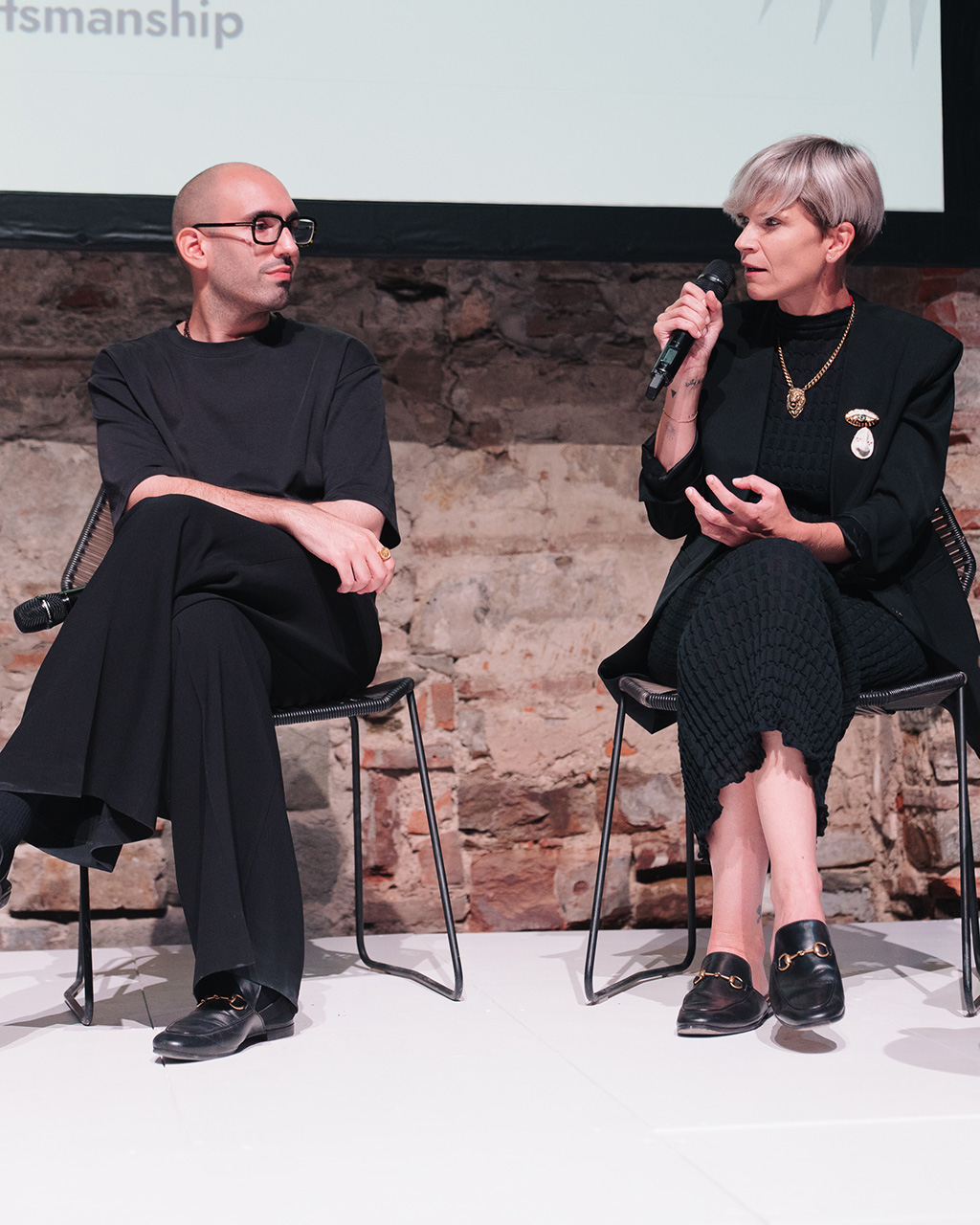
As Marco Martello pointed out, this absence is not a limitation but an opportunity—an invitation to invent new expressions, new textures of words, and new ways of capturing the richness of a fragrance. Here, the brain’s plasticity comes into play, adapting to fresh codes and learning to read and interpret the language of scent. Meanwhile, consumers are no longer just spectators: today they’re better informed, engaged, and actively contributing to expanding the shared vocabulary that shapes how we talk about perfume.
Educating the Next Generation of Fragrance Storytellers
Finally, Francesca Giulia Tavanti, Director of Education at Istituto Marangoni Firenze, brought the focus to training the next generation. For Tavanti, educating future professionals in fashion and fragrance means creating a system built on adaptability—the ability to constantly reshape one’s skills in response to new trends and shifts in the field.
She pointed to last institute’s most recent annual fashion show, Text(tures), as an example: a tribute to the power of language as a bridge between art, fashion, and fragrance. Her message is clear: the real challenge is to educate for the future, nurturing professionals who are not just technically skilled but also flexible and ready to face constant change.
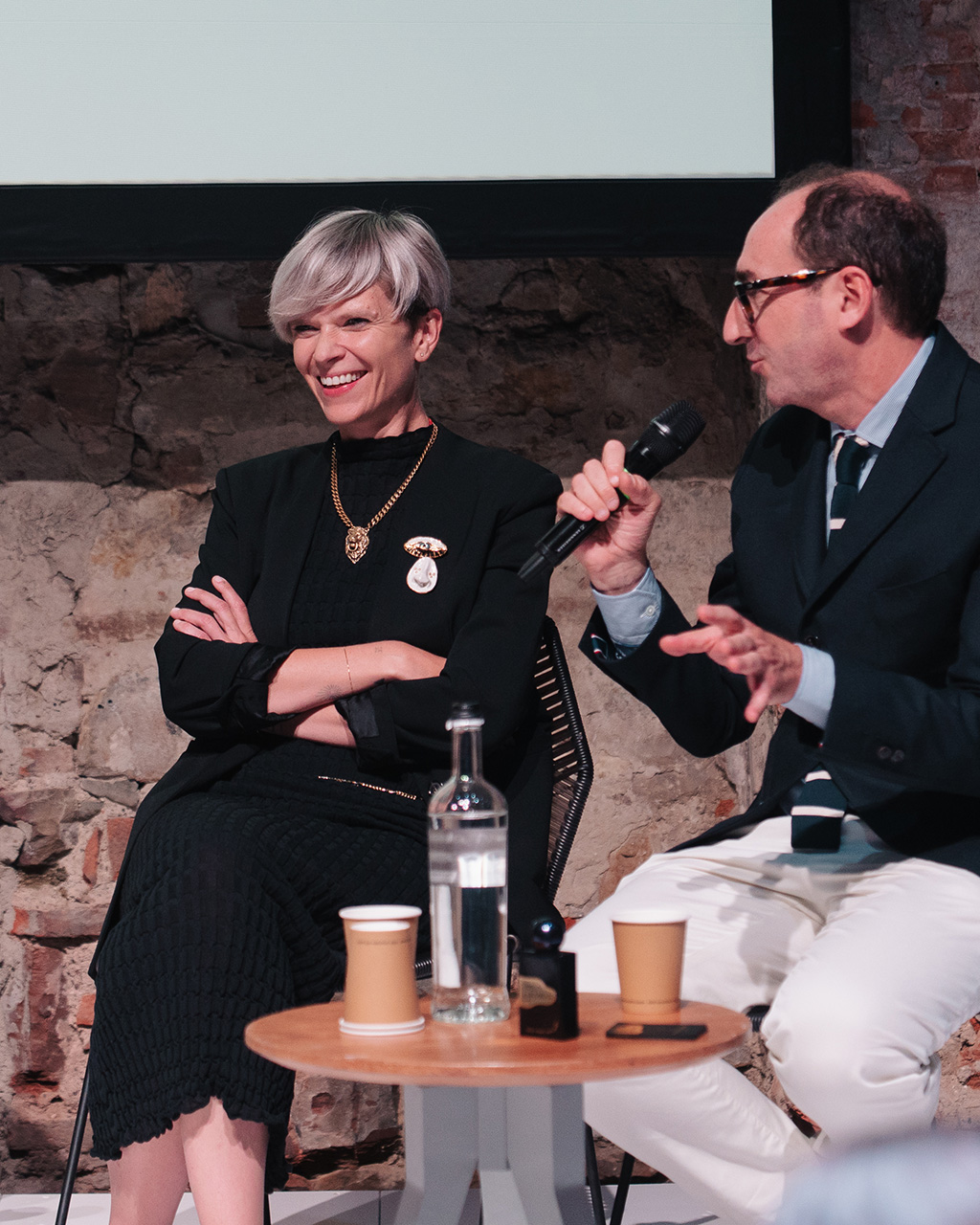
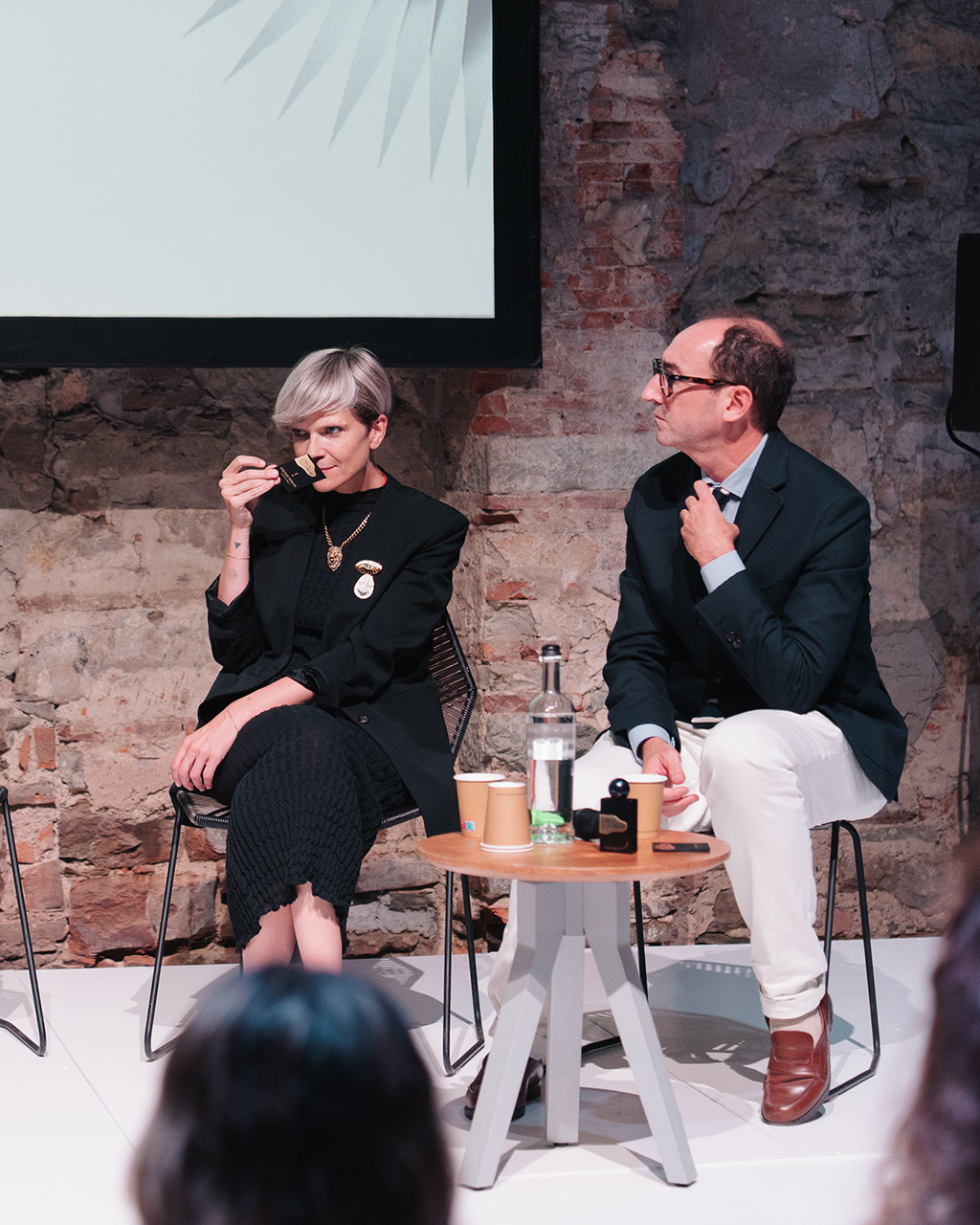
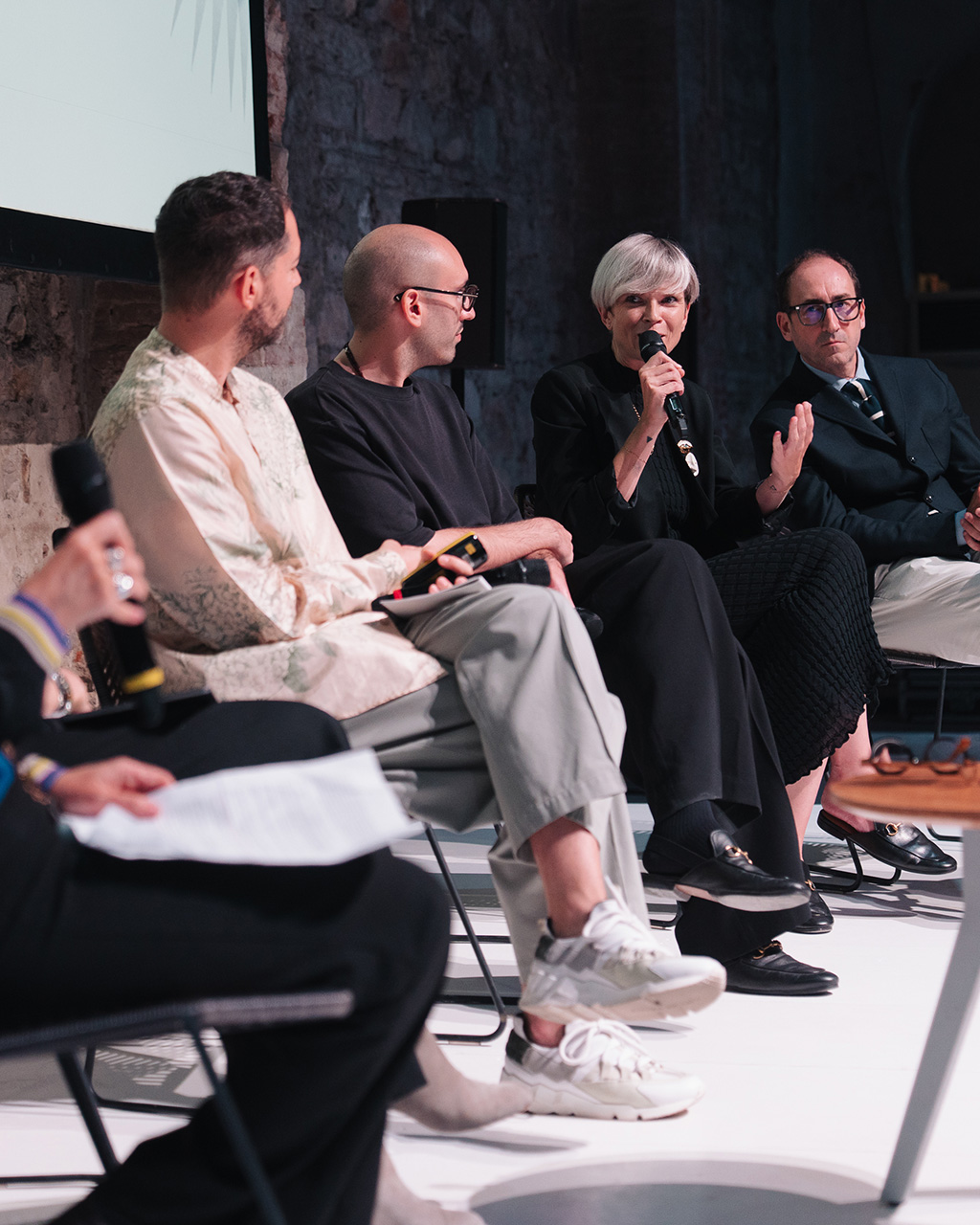
In a landscape where words are becoming both raw material and career paths, the mission is to grow new figures who can interpret evolving languages, translate them, and make them accessible. True innovation, Tavanti concluded, will lie in shaping professionals able to inhabit multiple worlds at once—moving seamlessly between aesthetics, storytelling, and olfactory culture.



